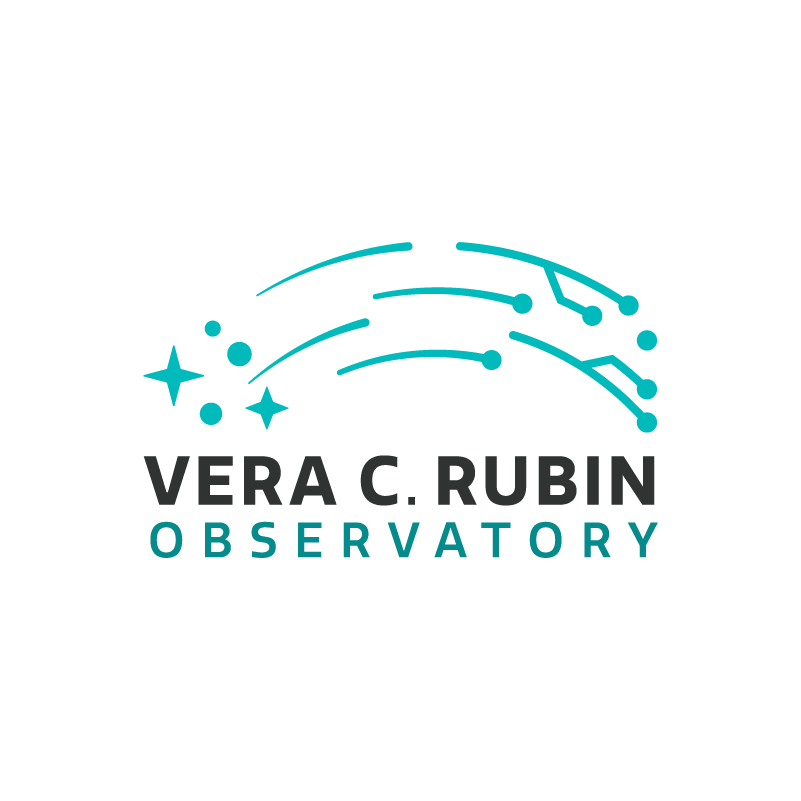Bring Exploding Star Data into Your Classroom!
31 January 2025
Supernovae are grand cosmic explosions that mark the endpoint of some stars. Their brief but brilliant appearances can outshine the light of an entire galaxy! Before the year 2000, only 300 supernovae had ever been detected, but in the last few decades machine learning and sky surveys have increased the total number of supernova detections to more than 50,000. Impressive, right? And later this year, when NSF–DOE Vera C. Rubin Observatory begins the Legacy Survey of Space and Time, the number of supernova detections will surpass the entire historical tally in just a few months! This is due to Rubin Observatory’s ability to repeatedly take very large and detailed images on short time scales. For any supernova captured in these images, scientists can construct a light curve, which shows how the supernova’s light changes over time.
Scientists use light curves to classify the type of supernova. Type Ia supernovae are of particular interest because they can be used to determine accurate distance measurements to the galaxies in which they reside. These measurements will lend greater insight into the nature of dark matter and dark energy, and help to refine scientists’ understanding of how the Universe is expanding.
Rubin Observatory’s Exploding Stars investigation replicates this process. Students analyze light curves and learn how to discriminate between different types of supernovae. They then use Type Ia supernovae to calculate the distances to their host galaxies.
To learn more about Rubin Observatory’s amazing ability to detect and categorize supernovae, check out this recent press release: NSF–DOE Vera C. Rubin Observatory Will Detect Millions of Exploding Stars.
Rubin Observatory is jointly funded by the U.S. National Science Foundation and the U.S. Department of Energy’s Office of Science. Rubin is a joint Program of NSF NOIRLab and DOE’s SLAC National Accelerator Laboratory, who will cooperatively operate Rubin.
Contacts
Ardis Herrold
Senior Education Specialist
Rubin Observatory
Email: ardis.herrold@noirlab.edu


